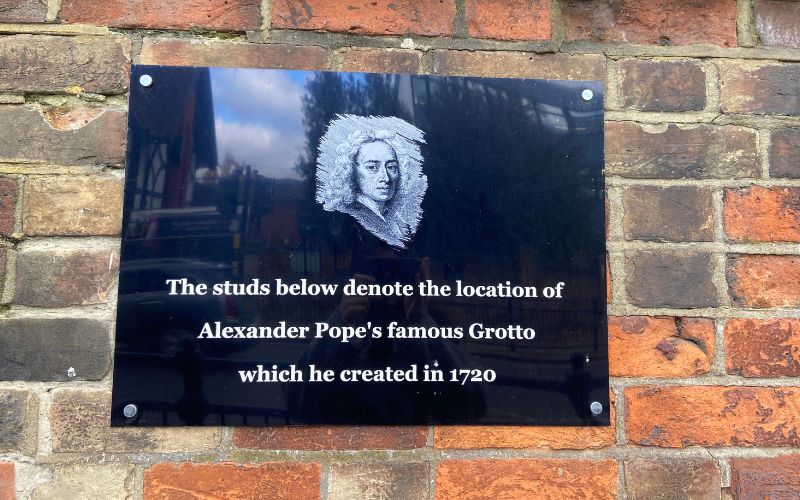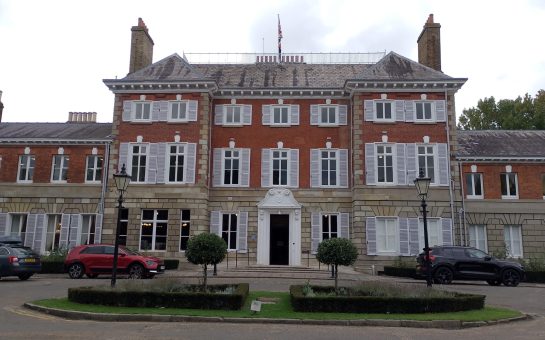Historic England’s Heritage at Risk Register was founded twenty five years ago, and the organisation has been able to celebrate by removing thirty structures from the register this year.
Simon Buteux, Historic England Partnership Team Leader for London, emphasised that Historic England’s Heritage at Risk Register is largely focused on local structures such as park statues, water fountains, and pubs, rather than what people may traditionally think of as a “historic” building, like large castles.
A structure ends up on the register if it is deteriorating, decaying physically, unused and/or unloved, and anyone from borough residents to historic societies to council members can alert Historic England to an issue.
Buteux said: “When you go out into boroughs, they’re packed with historic places that really mean a lot to people who live there.
“It’s not about history buffs really, it’s more emotional in some respects than it is intellectual.
“It’s that feeling of a sense of history and a sense of place.
“People say ‘Oh, that Town Hall, that’s been there since I was a child. I walked past it every day when I went to school, I still walk past it on my way to work now. It can’t go, it’s part of my life.’”
Once a structure is on the register, Historic England can help find a solution which can be anything from helping the people in charge of the structure get a grant, to finding someone with expertise in that particular structure who can intervene.
Once such structure was Alexander Pope’s Grotto in Twickenham, which was recently taken off the register after Historic England was able get the grotto a restoration grant from the National Lottery Heritage Fund, and provided a small grant from Historic England themselves.
The focus of Historic England in London is largely on communities where there are areas of deprivation, and this year they launched their High Streets Heritage Action project, a £95 million government-funded program intended to restore high streets back to their full potential.
Buteux said that improving at-risk structures can affect so much more than just the structures themselves, but can lift up the mood of an area and even, in some cases, fight climate change.
For example, fixing water fountains such as one that was just restored in Tower Hamlets, leads to people filling up their bottles from their neighbourhood fountain instead of buying plastic water bottles and throwing them away.
About the anniversary itself, Buteux said: “It was great fun to sit down and work out how many things we’ve taken off the register since it was founded 25 years ago, and I think it was something like 6800 items.
“That’s extraordinary, really.”
He said that if anyone is concerned about a structure in their area they should first contact their local authorities, and if they believe it is a serious risk of collapse or decline they should get in touch with Historic England, who can come have a look at it.





